BASIC TERMS USED IN ACCOUNTING
Entity
- An entity means an economic unit which performs economic activities e.g., Bajaj Auto,
- Maruti, TISCO.
Account
- It is a summarized record of
- relevant transactions at one place
- relating to a particular head. It records not only the amount of transactions
- but also reflect the direction of the account.
• ENTRY
- A transaction and event when recorded in the books of accounts is known as an Entry
• Transaction
- It is a financial happening entered into by two or more willing parties.
- It effects a change in the asset, liability, or net worth account.
- It is recorded first in journal and then posted into the ledger Examples of a transaction are sale of goods, purchases of goods, receipt from debtors, payment made to creditors,
- purchase or sale of fixed assets, payment of dividend, etc.
• Proprietor
- is the person who makes the investment and bears all the risks and rewards of the business
Debtor is
- a person or firm or company which owes amount to the enterprise on account of credit sale of goods or services.
- The amount due from him is a debt.
- The amount due from a person as per the books of the account is called a book debt.
• Drawings
- It is the amount of money or the value of goods which the proprietor or a partner takes for his domestic or personal use.
- Drawing reduces the investment (or capital) of the owners.
- It appears only in the accounts of sole proprietorship firms and partnership firms.
• Purchases
- The term purchases are used only for purchases of goods.
- Goods are those items which are purchased for resale or
- for manufacture of products which are also to be sold.
- It includes both cash and credit purchases
• Depreciation
- It is a fall in the value of an asset
- because of usage; or
- with passage of time; or
- obsolescence; or
- accident
• Purchases Return:
- Goods purchased may be returned due to any reason, say, they are not as per specifications or are defective.
- Goods returned are termed as Purchases Return or Returns Outward.
• Sale
- This term is used for the sale of goods dealt by the enterprise.
- The term ‘Sales’ includes both Cash and Credit Sales.
- When goods are sold for cash, they are cash sales
- When goods are sold and payment is to be received at a later date, they are credit sales.
• Sales Return or Returns Inwards
- It means Goods sold returned by the purchaser.
Discount
- A reduction in the price of goods is Discount.
Trade Discount
- It is a discount allowed to a customer on the basis of quantity of goods purchased.
Cash Discount
- It is a discount allowed to a customer for making prompt or timely payment.
• Capital
- It means the amount (in terms of money or assets having money value)
- Which the proprietor has invested in the business
- and can claim from it.
- It is a liability of the business towards the owner.
- It is so because of Business Entity Concept.
- Capital = Assets – Liabilities
• Gain
- It is a profit that arises from transactions which are incidental to business such as
- sale of investments or fixed assets
- at more than their book values.
- Gain may be operating gain or non-operating gain.
• Cost
- It is the amount of expenditure
- incurred on or
- attributable to
- a specified article, product or activity.
• Creditor is
- a person or firm or company to whom the enterprise owes amount on account of Credit purchase of goods or services.
• Assets:
- Assets are property or legal rights
- owned by an individual or business
- to which money value can be attached.
- In other words, anything which will enable the firm to get cash or a benefit in the future,
• Bad Debt
- It is the amount that has become irrecoverable
- It is a business loss, and
- Thus, is debited to Profit and Loss Account.
• Insolvent
- Insolvent is a person or an enterprise which is not in a position to pay its debts.
• Liabilities
- Liabilities means the amount
- which the business owes to outsiders,
- excepting the proprietors.
- Liabilities can be classified in
- (i) Long-Term Liabilities (ii) Current Liabilities,
- This can be expressed as: Liabilities = Assets – Capital
• Goods
- They refer to items forming part of the stock-in-trade of an enterprise,
- which are purchased or manufactured with a purpose of selling.
- In other words, they refer to the products in which an enterprise is dealing.
• Stock or Inventory
- Stock is the tangible property held by an enterprise
- for the purpose of sale in the ordinary course of business or
- for the purpose of using it in the production of goods
- meant for sale or services to be rendered.
- Stock may be opening stock or closing stock.
• Profit
- Profit is the surplus of revenues of a business over its costs.
- Profit is categorized into:
- Gross Profit: Gross Profit is the difference between sales revenue or the proceeds of goods sold and/or services rendered over its direct cost.
- Net Profit: Net Profit is the profit made after allowing for all expenses. In case expenses are more than the revenue; it is Net Loss.
• Loss
- Loss is excess of expenses over its related revenues which may arise from normal business activities.
- It decreases the owner’s equity.
- It also refers to money or money’s worth lost (or cost incurred) against which the enterprise receives no benefit, e.g., cash or goods lost in theft.
- It also arises from events of non-recurring nature, e.g., loss on sale of fixed assets
• Expense
- An expense is the amount spent in order to produce and sell the goods and services which produce the revenue.
- Expense is the cost of the use of things or services for the purpose of generating revenue.
- Expense is that part of the expenditure which has been consumed during the current accounting period.
- Examples of expense are payment of salaries, wages, rent, etc.
• Expenditure:
- An expenditure is the amount spent or liability incurred for the value received
- Expenditure may be categorised into: (i) Capital Expenditure (ii) Revenue Expenditure
- An expenditure is a payment (or a money sacrifice) for a benefit received.
• Capital Expenditure
- It is the amount spent in purchasing assets which will give benefit over more than one accounting period.
- It means expenditure incurred to acquire fixed assets or its improvement.
- Capital expenditure is debited to particular asset account.
- They appear at the assets side of the Balance Sheet.
• Revenue Expenditure
- It is the amount spent to purchase goods and services that are consumed during the accounting period.
- It is shown in the debit side of the Profit and Loss Account
• Revenue
- It is the gross inflow of cash, receivables or other consideration
- arising in the ordinary course of business activities
- from the sale of goods, rendering of services,
- and use by others of enterprise resources yielding interest, royalties and dividends
• Income:
- Income is the profit earned during an accounting period.
- In other words, the difference between revenue and expense is called income.
- Income = Revenue – Expense
- Books Name
- CA Shivali kedia Accountancy Book
- Publication
- CA Shivali kedia
- Course
- CBSE Class 11
- Subject
- Accountancy
Basic Terms of Accounting
Follow the Story
17-year-old Harsh
Harsh is a commerce student in class 12th who is very confident and smart and wants to run a business like his father.

Although, he was average in his studies but had a smart business mind.
He wanted to start a business of opening a small café in his locality after his school.
He discussed this idea with his father.
His father wanted him to open this business but only if he pursues college along side
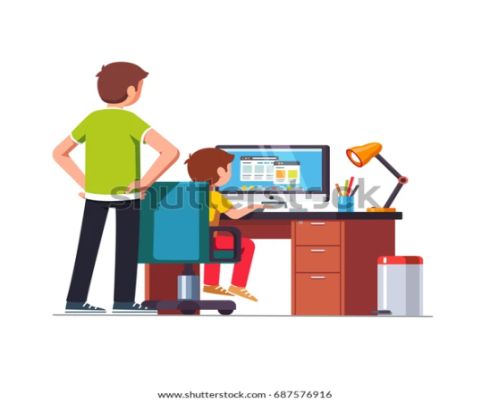
His father liked his business Idea and Gave him Rs.10 lacs to start the cafe

Exercise for students:
List down how will Harsh spend this 10 Lac Rupees to start his café.
1)_____________
2)_____________
3)_____________
4)_____________
5)_____________
6)_____________
7)____________
Starting the cafe
1) Place to run business (either Buy or Rent)
2) Hire a Cook and Staff (Salary)
•3)Raw materials (Breads, Eggs, vegetables)
•4) Griller, Deep freezer
•5) Registration and other expenses, etc
How many did you get right?
Accountancy is very closely related to practical and day-to-day life.
Let us understand the basic terms
Capital
Money which is invested by the Owner in starting the business is called capital.
Remember, when Harsh needed 10 Lacs rupees, his father gave him this money for free. Its Harsh’s (owners) money.
Harsh started his café with RsLacs of his own money, called capital which he does have to pay back to his father.
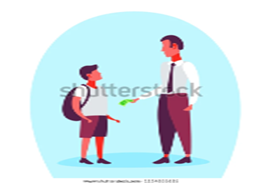
Assets
•Assets are resources which are owned by “Business” which has some value.
•In Harsh Story What are the items whchhasrh purchased (Which has a value)
•Deep freeze, Griller, oven, raw materials like cheese, bread, spices, etc
•If Harsh wants to see any of these, at any point, he will get some value.
•Assets are further classified into 2 broad categories
Assets Classification
Non Current Asset
•Some assets have a life of more than one year.
•Furniture, Air condition, Car, Truck, Plant and Machinery
•Land, Building, Long term investments etc
•We will talk more on this later
Current Assets
•On the other hand, some assets have a short shelf life
•Inventory (Stock), Debtors, Cash, Bank, Current investments
Liabilities
•Let us assume, that Harsh, spent all the 1Rs,10,00,000 and required 5 lacs more to run the business.
•He went to his father who refused to give him more money for the business
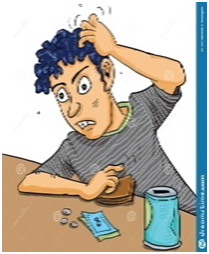
Harsh’s father asked him to reach out to the Bank.
Because Banks gives us loan repayable after a certain point.
Harsh will have to pay Interest on this loan
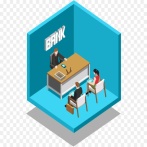
•Harsh gets 5 lac rupees from bank as Loan loan repayable in 5 years with 10% interest p.a
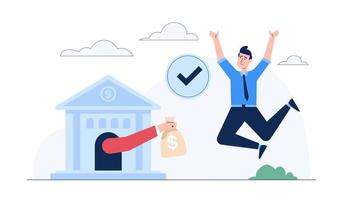
Although Harsh is happy that he got to money to start his business.
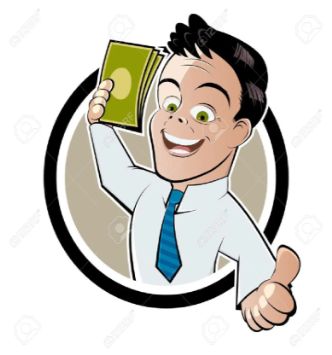
Please remember that he will have to pay back the bank this loan or bank will forfeit his assets.
This is a liability of Harsh’s Café, an obligation which needs to be paid in the future.
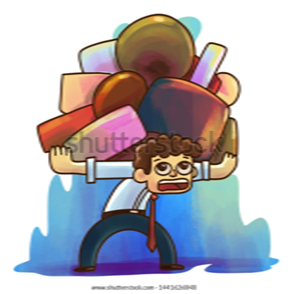
Liabilities classification
Non CurrentLiabilites
Bank Loans (Repayabale after1 year)
Other Long term loans
Current Liabilites
•Bank Loans (Repayable in less than 1 year)
•Creditors
•Bills Payable
Loan and capital ?
Capital
•Money which is invested by the Owner in starting the business is called capital.
•Example: Money Harsh received from his father which he doesn’t need to pay be to his father.
Loan
•Money invested in the business, which has to be repaid to a third party, after a point of time with interest is called Loan
•Example: Money Harsh received from Bank which has to be paud back after 5 years with interest.
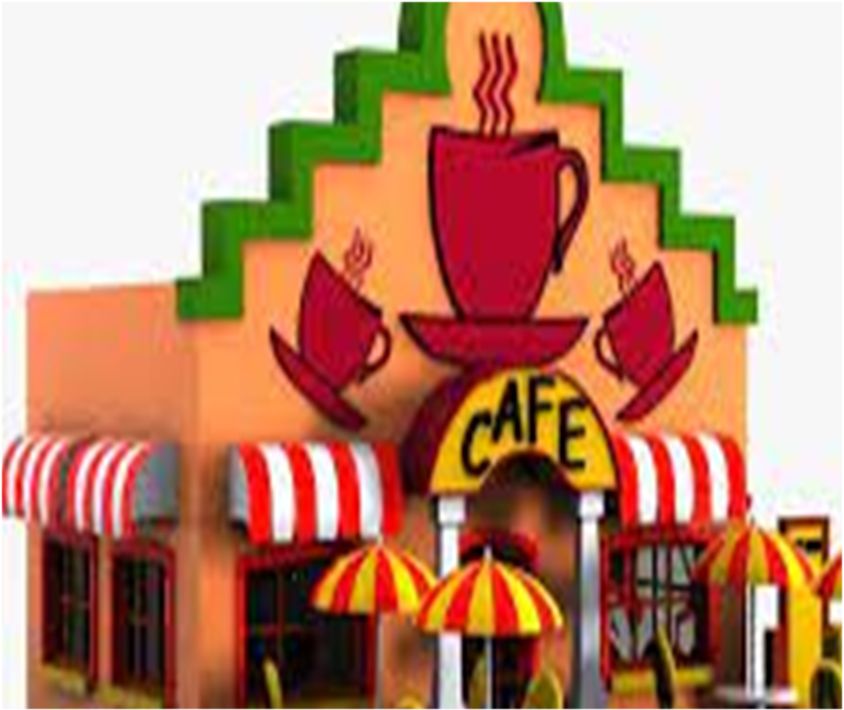
Harsh successfully Opens his Café
Lets move ahead in our story!!
Sales
The café sells its first burger i.e. makes it first “SALE”
Sales are total Revenues from good and services sold to consumers in a given year.
Sales can be made in cash, called cash sales.
Sales can also be made on credit called credit sales
It’s the owners decision and industry standards on cash and credit sale depending on the product and service.
Sales and revenue
Sales
•Sales are total Revenues from good and services sold to consumers in a given year.
•Eg: Selling of Burgers and sandwiches in the café and taking service charge from customers for the services provided by the café
Revenue/Income
•Revenue is the sum total of Sales and other income
•Other Income includes income earned by business from sources, other than its “main operations”
•Example: Harsh’s café sells and old AC foe 15000. This 15000 is not sales but is “other income “for the café
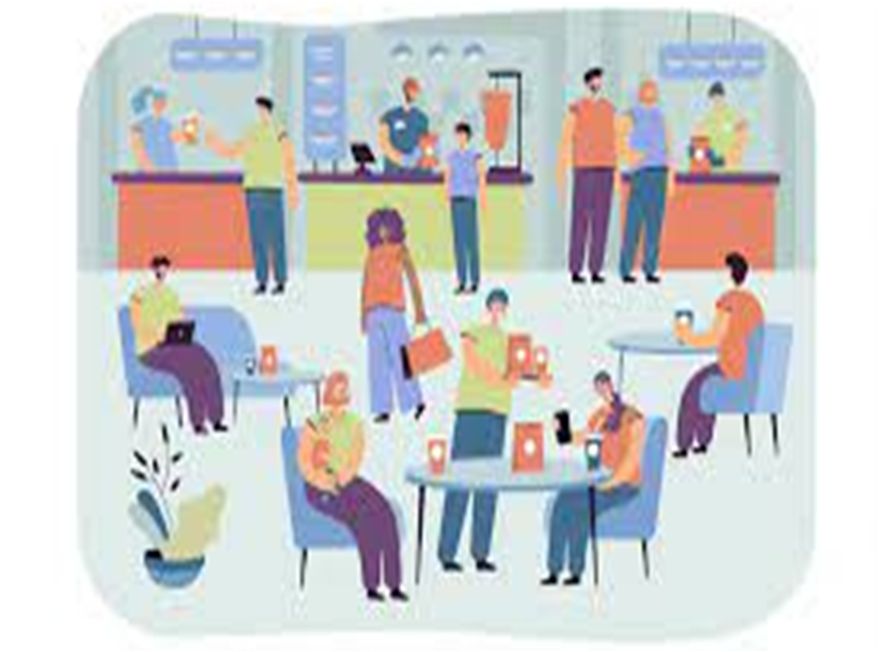
Now the café became profitable. Lets understand how
Expenses
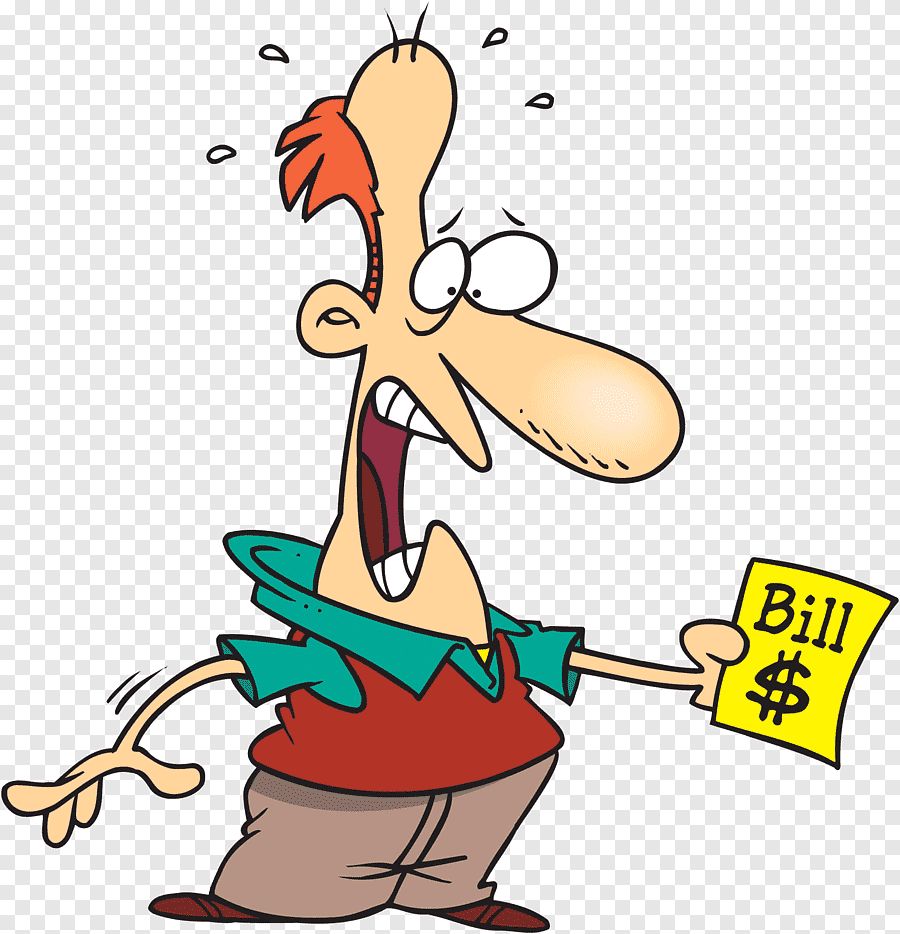
For generating sales, all the cost incurred by the business is called expenses.
In Harsh’s café, think of the expenses incurred to sell that one burger:
1)Salary to cook and staff2)Electricity expenses
3)Purchase of raw material
There are a lot of other expenses which I leave to the students to think and list.
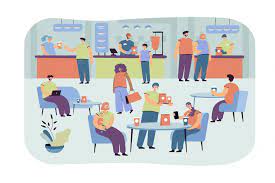
Expenses and Expenditure
Expenses
•Costs incurred by business for generating sales. •It’s recurring in nature.
•Wages, salaries, electricity bill, water bills, repairs, purchases etc
•Expenses are subtracted from sales to calculate profits for the year.
Expenses are a yearly concept, that is, the benefit of this expense is exhausted within a year
Expenditure
•Cost incurred by business for some benefit, generating sales or acquiring property for business
•Wages, salaries, purchases, land purchased, revenue purchased
•The benefit of expenditure is not exhausted in one year.
If café purchases delivery scooter, the scooter will run for more than one year. The benefit accrues for more than one year unlike expenses
Profit = Revenue – Related expenses
•Related expenses means expenses reated to business. Eg: Salary, wages, etc.
•Unrelated expenses are expenses which are not related to business of café.
For the café, unrelated expenses eg. Repairs made for colony gate where café is situated
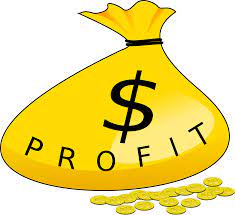
Profit and Gain
Profit
•Excess of revenue over related expenses is called Profit.
•If selling price of burger is Rs 500 and total cost of making that burger is Rs 200. Then profit will be Rs. 300.
Gain
•Gains are profit arising from a transaction which is not the main operations of the business
•For example: :Harsh’s café sells and old AC and made a profit of 5000. This 5000 will not be called proft but is gain to the business the café
Loss
The excess of expenses of a given period (Financial year) , over Income (Revenue) of a given period is called Loss.
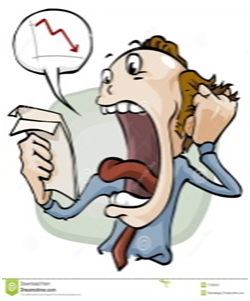
In our Café,
1)let’s say Total Revenue for the year 2022-2023 is Rs, 12,00,000
2)Expenses of salaries, purchases of raw materials, bills is 14,00,000
3)So the the year 2022-2023, Harsh’s café made a loss of (2,00,000)
Inventory (Stock/Goods)
Inventory are goods used in production process, as well as, finished goods produced thereafter.
Inventory also includes good lying with the trading concerns where no production process is carried on.
In Harsh’s Café, the café used raw materials (eg: Vegetables, milk, bakery products) , to produced finished goods Eg: (Pizza, Sandwiches), etc. All these will be considered as Inventory
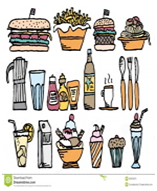
Goods and Stock
•Goods are the products which are being purchased and sold by the business. Goods and Inventory is often used interchangeably.
•Please note, there are various products which the business purchases in its day to day working. Such items are not categorised as goods, for example in Harsh café, stationary (like bill rolls, pens, stapler) will be purchased. These will not be categorised as goods.
•Inventory are goods used in production process, as well as, finished goods produced thereafter.
•Inventory also includes good lying with the trading concerns where no production process is carried on.
Drawings
No, Not what you are thinking!
These are not doodling or drawing, literally.
When the owner withdraws money or any other asset from business for his “ personal needs” is called Drawings.
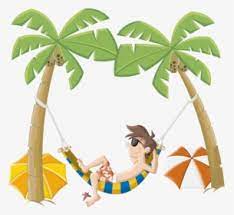
In Harsh’s example,
Lets say, after making the business protitable, now he wants to take a vacation with his family to Paris. He withdraws Rs, 5,00,000 from the business Bank Account. These Rs, 5 lacs will be considered drawings in the accounts of the business.
Purchases
•Purchases are expense incurred by the owner on purchase of inventory, on cash or credit.
Note for Students: Don’t think about purchases you would make as an individual
•Think from the company's or proprietor’s viewpoint. It has to be a purchase the business
•In Harsh’s café, if you purchase a burger, it’s a Sale for the business.
•But the purchases made by the café to make that one burger will be a Purchase for the business.
Discount
•Consider this example,
•You are a friend of Harsh and you visit his café to have dinner with your family. You bill comes out to Rs. 2,500.
•Harsh Gives you a discount of 20% and you end up paying only Rs. 2,000.
•Harsh gave you a discount of Rs,500. It is a loss to the business.
•Discount is the reduction on the sale price of the sales.
•In Accounting Discount is of two kinds. Lets discuss this on the next slide
Trade Discount & Discount (Cash Discount
Trade Discount
•This discount is given when a customer places an order in bulk.
•Higher Sales orders are always preferred by sellers and businesses. To encourage that, Trade discount is given to the customer on bulk orders
Cash Discount
•Usually in businesses, Sale/purchase happen on a Credit basis, from buyers and sellers.
•If a customer is willing to make the puchase in Cash, they are given a discount. Because cash is a preferred mode of payment.
•Cash is dear to the business.
Debtors (Credit Sales)
•When a business makes a sale and agrees to the terms of receiving the sales value, at some future date from the customer, the customer becomes debtor of the company.
If a Harsh’s café sells a big order of Rs.10,000 to a customer (Mr. A) who agrees to clear the bill in one month’s time. Mr. A becomes the debtor to the company.
Creditor (Credit Purchases)
•When a business purchases goods from a seller, say Mr. X and agrees to pay Mr. X the money at a future date. Mr. X becomes a creditor to the business.
•It becomes a liability or obligation for the business to pa Mr. X at a future date.
•In our example:
•If Harsh’s café purchases bread on credit from the bakery owner and pay on later date (say end of every month).
•Then the Bakery owner will be accounted as Creditor in the books of harsh’s case Business.
Business Entity
Harsh Opened a Café and named it “Harsh’s Café”. He registered his business are a sole proprietorship (You will learn about this in class 11 business studies).
After he got his form registered, Harsh and Harsh’s café as 2 different persons in the eyes of law.
As soon as the owner registers the business, a new person is born in the eyes of the law, different from its owner.
Transaction
Transaction means an event or activity where one party is a receiver and other is a giver. It can be anything, like paying electricity bills, purchase of raw materials, making sales, etc
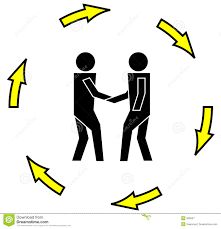
Voucher
Voucher is a evidence of the transaction in the court of law. Please look at the sales voucher below:
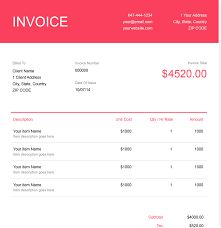
- Books Name
- Vision classes Accountancy Book
- Publication
- Vision classes
- Course
- CBSE Class 11
- Subject
- Accountancy
BASIC TERMS USED IN ACCOUNTING
Entity
• An entity means an economic unit which performs economic activities e.g., Bajaj Auto, Maruti, TISCO.
Account
• It is a summarized record of
• Relevant transactions at one place
• relating to a particular head. It records not only the amount of transactions.
• But also reflect the direction of the account.
Entry
• A transaction and event when recorded in the books of accounts is known as an Entry.
Transaction
• It is a financial happening entered into by two or more willing parties.
• It effects a change in the asset, liability, or net worth account.
• It is recorded first in journal and then posted into the ledger Examples of a transaction are sale of goods, purchases of goods, receipt from debtors, payment made to creditors, purchase or sale of fixed assets, payment of dividend, etc.
Proprietor
• is the person who makes the investment and bears all the risks and rewards of the business.
Debtor
• A person or firm or company who owes amount to the enterprise on account of credit sale of goods or services.
• The amount due from him is a debt.
• The amount due from a person as per the books of the account is called a book debt.
Drawings
• It is the amount of money or the value of goods which the proprietor or a partner takes for his domestic or personal use.
• Drawing reduces the investment (or capital) of the owners.
• It appears only in the accounts of sole proprietorship firms and partnership firms.
Purchases
• The term purchases are used only for purchases of goods.
• Goods are those items which are purchased for resale or
• for manufacture of products which are also to be sold.
• It includes both cash and credit purchases
Depreciation
• It is a fall in the value of an asset
• Because of usage
• With passage of time
• Obsolescence
• Accident
Purchases Return:
• Goods purchased may be returned due to any reason, say, they are not as per specifications or are defective.
• Goods returned are termed as Purchases Return or Returns Outward.
Sale
• This term is used for the sale of goods dealt by the enterprise.
• The term ‘Sales’ includes both Cash and Credit Sales.
• When goods are sold for cash, they are cash sales
• When goods are sold and payment is to be received at a later date, they are credit sales.
Sales Return or Returns Inwards
• It means Goods sold returned by the purchaser.
Discount
• A reduction in the price of goods is Discount.
Trade Discount
• It is a discount allowed to a customer on the basis of quantity of goods purchased.
Cash Discount
• It is a discount allowed to a customer for making prompt or timely payment.
Capital
• It means the amount (in terms of money or assets having money value)
• Which the proprietor has invested in the business
• can claim from it.
• It is a liability of the business towards the owner.
• It is so because of Business Entity Concept.
• Capital = Assets – Liabilities
Gain
• It is a profit that arises from transactions which are incidental to business such as
• sale of investments or fixed assets
• at more than their book values.
• Gain may be operating gain or non-operating gain.
Cost
• It is the amount of expenditure
• incurred on or
• Attributable to
• A specified article, product or activity.
Creditor
• A person or firm or company to whom the enterprise owes amount on account of Credit purchase of goods or services.
Assets:
• Assets are property or legal rights
• owned by an individual or business
• to which money value can be attached.
• In other words, anything which will enable the firm to get cash or a benefit in the future,
Bad Debt
• It is the amount that has become irrecoverable
• It is a business loss, and
• Thus, is debited to Profit and Loss Account.
Insolvent
• Insolvent is a person or an enterprise which is not in a position to pay its debts.
Liabilities
• Liabilities means the amount
• Which the business owes to outsiders,
• Excepting the proprietors.
• Liabilities can be classified in
(i) Long-Term Liabilities
(ii) Current Liabilities,
• This can be expressed as: Liabilities = Assets – Capital
Goods
• They refer to items forming part of the stock-in-trade of an enterprise,
• Which are purchased or manufactured with a purpose of selling.
• In other words, they refer to the products in which an enterprise is dealing.
Stock or Inventory
• Stock is the tangible property held by an enterprise
• For the purpose of sale in the ordinary course of business or
• For the purpose of using it in the production of goods
• meant for sale or services to be rendered.
• Stock may be opening stock or closing stock.
Profit
• Profit is the surplus of revenues of a business over its costs.
Profit is categorized into:
(i) Gross Profit: Gross Profit is the difference between sales revenue or the proceeds of goods sold and/or services rendered over its direct cost.
(ii) Net Profit: Net Profit is the profit made after allowing for all expenses. In case expenses are more than the revenue; it is Net Loss.
Loss
• Loss is excess of expenses over its related revenues which may arise from normal business activities.
• It decreases the owner’s equity.
• It also refers to money or money’s worth lost (or cost incurred) against which the enterprise receives no benefit, e.g., cash or goods lost in theft.
• It also arises from events of non-recurring nature, e.g., loss on sale of fixed assets.
Expense
• An expense is the amount spent in order to produce and sell the goods and services which produce the revenue.
• Expense is the cost of the use of things or services for the purpose of generating revenue.
• Expense is that part of the expenditure which has been consumed during the current accounting period.
• Examples of expense are payment of salaries, wages, rent, etc.
Expenditure:
• Expenditure is the amount spent or liability incurred for the value received
• Expenditure may be categorized into: (i) Capital Expenditure (ii) Revenue Expenditure
• Expenditure is a payment (or a money sacrifice) for a benefit received.
Capital Expenditure
• It is the amount spent in purchasing assets which will give benefit over more than one accounting period.
• It means expenditure incurred to acquire fixed assets or its improvement.
• Capital expenditure is debited to particular asset account.
• They appear at the assets side of the Balance Sheet.
Revenue Expenditure
• It is the amount spent to purchase goods and services that are consumed during the accounting period.
• It is shown in the debit side of the Profit and Loss Account.
Revenue
• It is the gross inflow of cash, receivables or other consideration.
• arising in the ordinary course of business activities.
• From the sale of goods, rendering of services.
• Use by others of enterprise resources yielding interest, royalties and dividends.
Income:
• Income is the profit earned during an accounting period.
• In other words, the difference between revenue and expense is called income.
• Income = Revenue – Expense

 SS MUKHI
SS MUKHI
